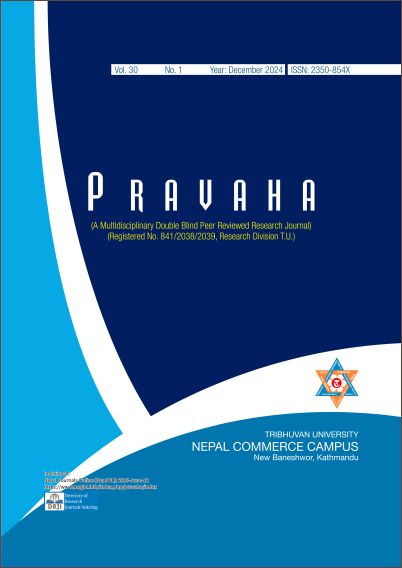Application of the Modified Exponentiated Exponential (MEEXP) Distribution in Survival Analysis
DOI:
https://doi.org/10.3126/pravaha.v30i1.76883Keywords:
Exponentiated Exponential (EEXP) Distribution, Exponential Distribution, Failure rate function, Quantile function, Maximum likelihood estimation, Survival AnalysisAbstract
The exponential distribution is widely used in statistical modeling, particularly for time-to-event analysis in various fields. However, it often fails to capture complex real-world data with non-constant hazard rates. To address this limitation, we studied the Modified Exponentiated Exponential (MEEXP) Distribution, an extension of the traditional exponential distribution that introduces additional shape parameters for greater flexibility. This model accommodates diverse hazard rate behaviors such as increasing, decreasing, or bathtub-shaped hazard functions. We use Maximum Likelihood Estimation (MLE) to estimate the parameters of the MEEXP distribution and apply it to a real-world survival analysis dataset from the COVID-19 pandemic in Mexico. Our findings indicate that the MEEXP model offers a superior fit compared to traditional models such as the exponential and normal distributions. Through goodness-of-fit tests, residual analysis, and model comparison, we demonstrate the superior performance of the MEEXP model in capturing the underlying patterns in the data. Furthermore, sensitivity analysis highlights the impact of the model’s parameters on its predictions, making it a valuable tool for reliability and survival analysis.
Downloads
Downloads
Published
How to Cite
Issue
Section
License
© Nepal Commerce Campus, TU
Authors are required to transfer their copyright to the Nepal Commerce Campus, TU.




